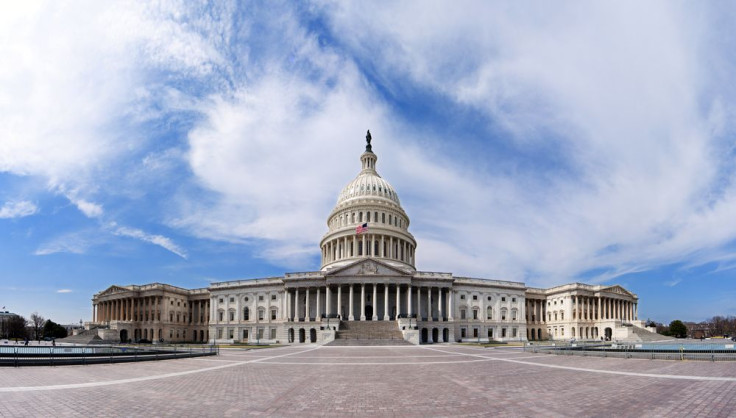Political Self-Images Often Incorrect: Liberals Rarely Unique While Conservatives Are Not Part Of A Consensus

On average, conservatives and liberals alike display difficulties in appraising certain group dynamics. That is the conclusion of a new study from New York University, where psychological scientists have determined that adherents to both sides of the political spectrum tend to have a “truly false” sense of their own influence – one overestimating her uniqueness, the other overestimating her group’s internal consensus. The findings may help future political groups develop more effective strategies.
The study, which is published in the journal Psychological Science, sought to investigate how different constituents perceive themselves within their political factions. According to lead author Chadly Stern, an understanding of this would offer a psychological explanation of the trajectory of political movements like Occupy Wall Street and the Tea Party. “The Tea Party movement developed a succinct set of goals in its incipient stages and effectively mobilized its members toward large-scale social change quite quickly,” he said in a press release. “In contrast, despite its popularity, the liberal Occupy Wall Street movement struggled to reach agreement on their collective mission and ultimately failed to enact large-scale social change.”
To identify the psychological foibles of the political nemeses, the researcher recruited nearly 300 volunteers for an online survey. Participants were asked to agree or disagree with a series of political and non-political statements. These included everything from “In general, I support labor unions” to “I enjoy coffee.” In addition, participants were asked to estimate the degree to which their individual opinions differed from those of their party’s overall political profile.
Stern and his colleagues found that whereas liberals appeared to overestimate their own uniqueness, conservatives appeared to overestimate internal agreement within their group. The average liberal and conservative thus displayed a “truly false uniqueness” and a “truly false consensus” respectively. Intriguingly, this appeared to be true when it came to non-political issues as well.
The results are interesting, as they illuminate the subtle relationship between a political person’s individual shortcomings and those of his or her faction. For example, the administrative travails of Occupy Wall Street could be attributed to the artificial dissonance among its members. In an effort to make the movement more inclusive and progressive, Occupy’s top ranks chose to place limited emphasis on its concrete agenda, allowing it to fall in the bower of more idealistic demands. This move arguably came to the detriment of the group’s lasting political impact.
Similarly, the many fumbles of the Tea Party movement may be the result of different key figures pulling the movement in different directions without realizing it. An example is Ted Cruz’ menacing performance during the events surrounding the 2013 government shutdown.
Stern hopes that the findings will help future political movements improve by addressing their flaws. “Liberal social movements might struggle to develop solidarity and formulate shared goals within their ranks, both because liberals want to maintain unique beliefs and because they underestimate the amount of agreement among their members,” he explained. “Conservative social movements might initially capitalize on perceiving agreement to galvanize their ranks, but their inaccurate perceptions could impair group progress when actual agreement is necessary.”
Source: Chadly Stern, Tessa V. West, and Peter G. Schmitt. The Liberal Illusion of Uniqueness. Psychological Science 0956797613500796, first published on November 18, 2013 doi:10.1177/0956797613500796
Published by Medicaldaily.com



























